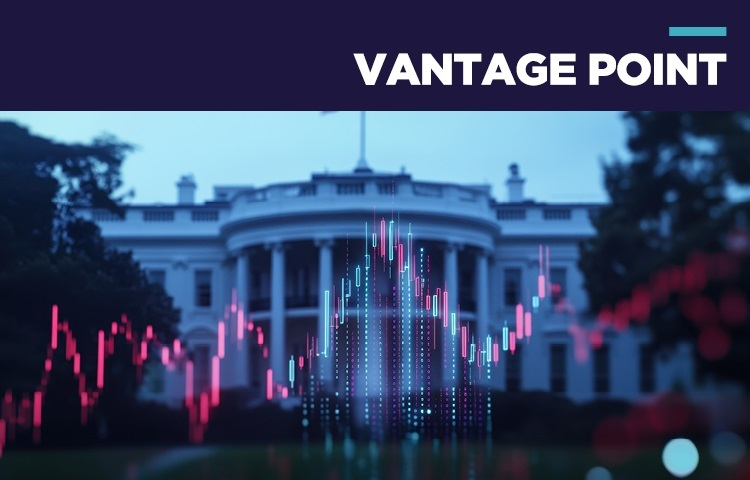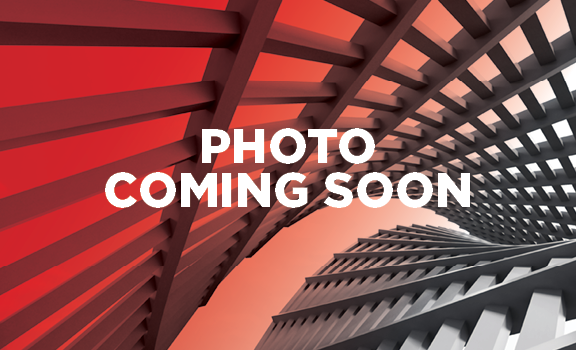
レポート
定期市況レポート

MarketBeat • Workplace
2023年Q4の米国マンハッタンオフィス市況・空室率は22.8%
新築ビルの供給に伴い募集賃料は上昇。
最新の情報をこちらよりご確認ください。
エコノミー

Podcast • Economy
Cushman & Wakefield: Behind the Numbers
Research • Economy
James Bohnaker • 28/04/2025
物流&ロジスティクス

Research

Research
APAC Logistics & Industrial Hub
データセンター
Research
Global Data Center Market Comparison
Research
Insights • Technology
James Normandale • 16/01/2025
オフィス

Research
リテール

Research

Research
Research • Food & Beverage
Jennifer Milne • 2/07/2024
Podcast • Workplace
Michael Creamer • 16/11/2022
Research
Kazuko Morgan • 10/05/2022
ワークプレイス

Research
Asia Pacific Office Outlook 2025
APAC主要都市のオフィス市場の動向、供給、需要、空室率、賃料の予測データとインサイトをご覧いただけます。
Podcast • Workplace
Phillip Kelloff • 9/07/2024
サステナビリティ
Research • Sustainability / ESG
Climate Risk Global Cities Outlook

Research • Sustainability / ESG
Asia Pacific Webinars and Videos
海外の定期市況レポート

MarketBeat


































